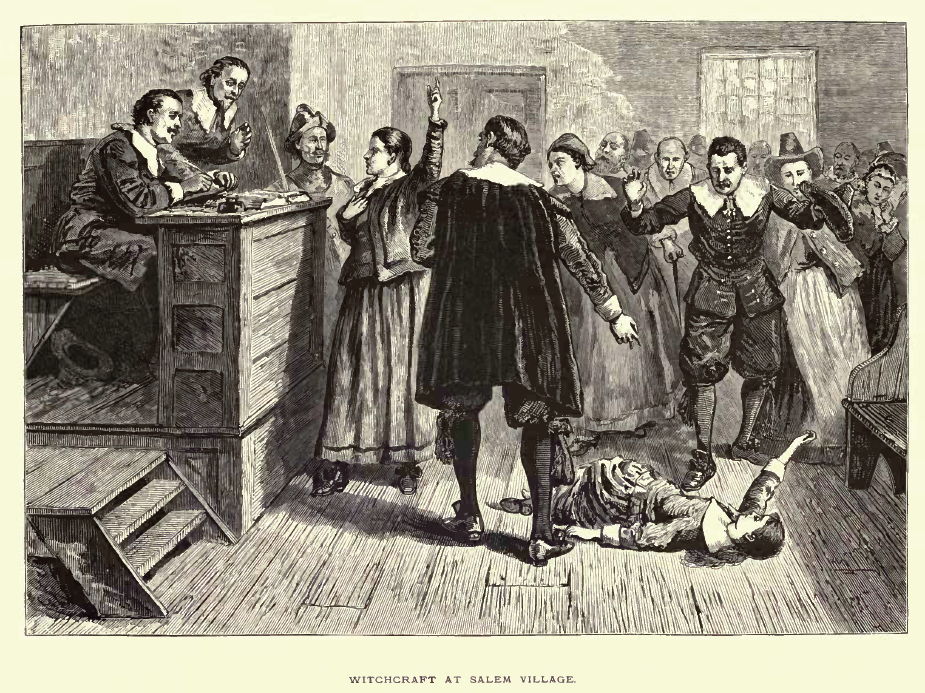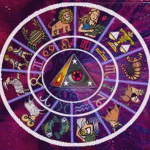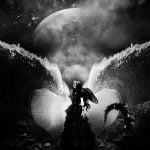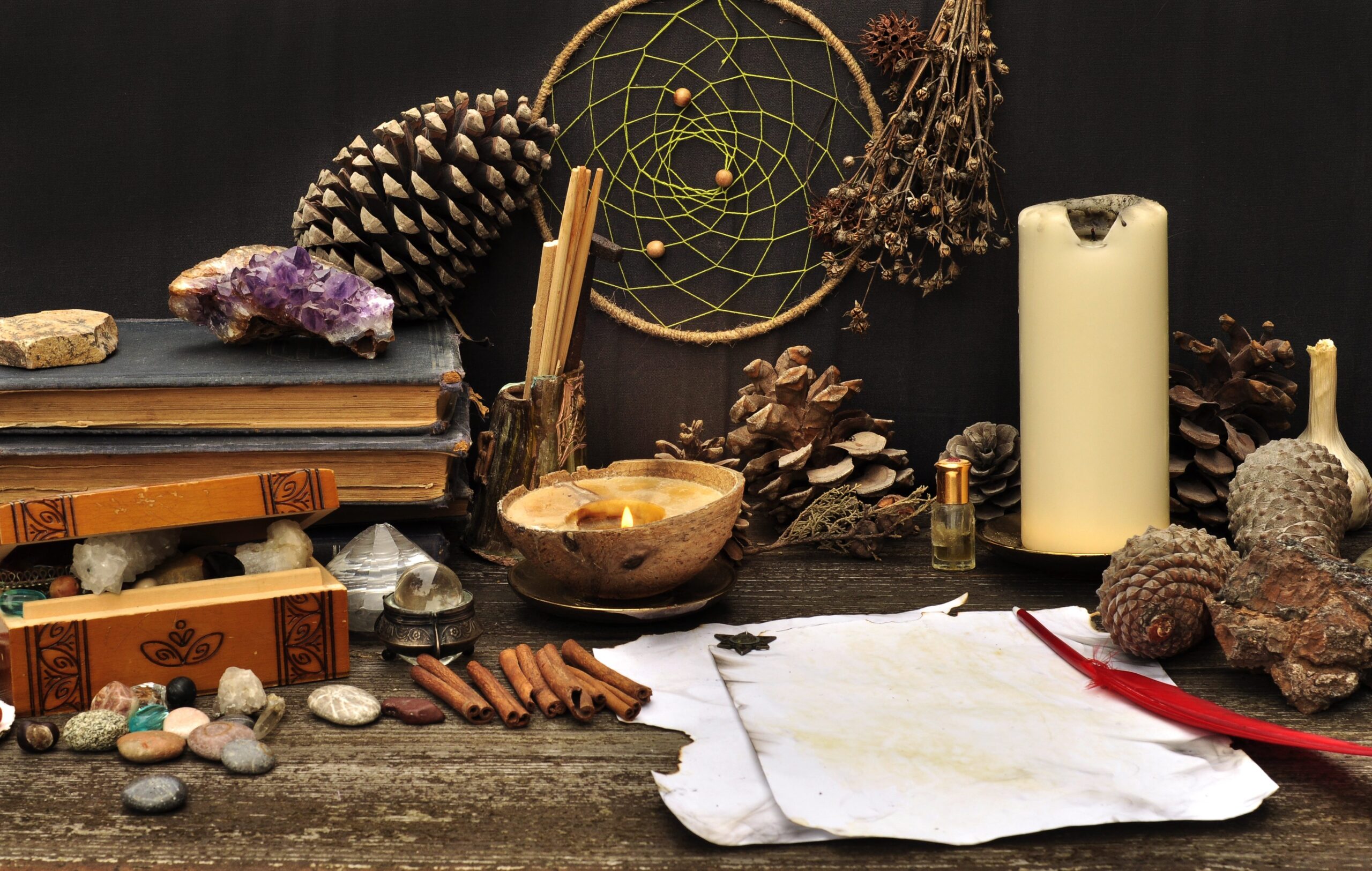For hundreds of years between the 1400s and 1700s, a craze gripped Europe. Thousands of people were accused of practicing magic, and were executed. What could have caused so many people to go into a fearful hysteria of witches and their crafts? Why would innocent people be targeted in such a way. The history of witches and the resultant fear is an interesting and surprising one.
Throughout human history, the idea of witches and magic surfaces again and again. In modern times, this concept of witches is used in fairy tales and fantasy literature, but in Europe hundreds of years ago, witches were believed to be a heretical threat to society. As a result of this belief, about one hundred thousand people were accused of witchcraft, forty or fifty thousand of whom were executed, between the years of 1482 and 1782.[fsbProduct asin=’B01GAIV342′ size=’300′ align=’right’]
While men could be accused of witchcraft; about 20-30 percent of accused witches were male; most witches were female. In some areas, this ratio changed. For example, in Moscow, more than twice as many men were accused of witchcraft than women. In Normandy, the ratio was three times as many men accused as women.
However, in most of Europe, women were considered to be much more likely suspects for witchcraft. It was believed at the time that, because of the fable of Eve, women were weaker spiritually than men. Because of this spiritual weakness, it was said, women were more open to being seduced by satanic influences and give themselves over to witchcraft.
Accused witches were also typically poor and elderly; the image of the fantasy old crone in her tattered robes is not far off the true appearance of many supposed witches. Old widows were disproportionately represented among the accused.
Being accused of witchcraft for a woman was terrifying, because there is no good way to prove a negative, especially in the eyes of a frenzied and paranoid culture afraid of the other. Women and men not properly integrated into the local culture would quickly have stories invented about them, and these stories would grow into dark tales of rituals, magic, and the occult.
The history of witches, then, is really the history of outcasts who had their society turn on them. An old widow who prefers to keep to herself with her cat turns into a sorceress with her familiar, working dark magic to cause a sickness that kills a child. A quiet man who lives in a hut outside of town hunting food becomes an occultist performing sacrificial blood rituals to cause a bad harvest.
All told, fanaticism and panic killed around fifty thousand people in the years between 1482 and 1782 in Europe. Today, of course, witches and magic are perceived, in civilized circles, completely differently then back in those days. However, the idea of the cruel old woman brewing potions and turning people into toads remains in the public consciousness in the form of our stories, passed down from when they were believed to be quite real.
Hopefully, the history of witches will change as the years pass and we will begin to realize that although a religion, or belief system, is not a reason for persecution. While we see many other examples of this across the world today, and in some places there are still people persecuting people for witchcraft, we can only work together to create an understanding of one another with the hope that one day, the stupidity of this type of persecution will be stamped out. Until that day does arrive though, we all need to keep an eye on the evolution of the history of witches.
[cleveryoutube video=”1nPsyZJBTeQ” style=”1″]




